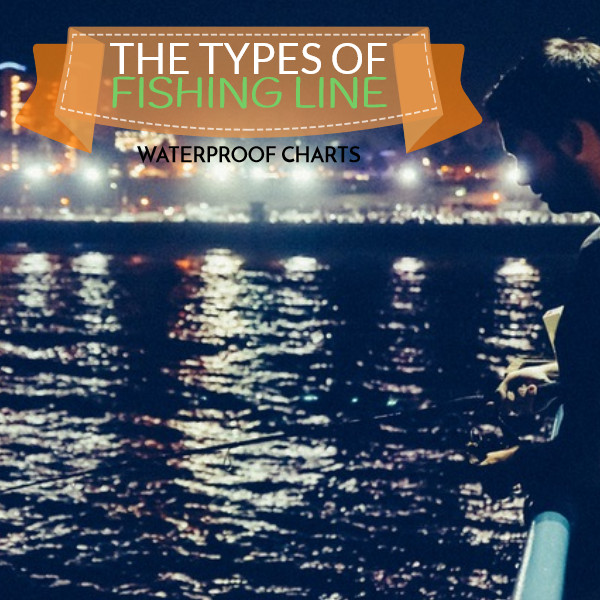The difference between you landing a trophy, and losing it, is the line. If that line breaks, you’re toast. But some beginning anglers don’t even think much about line. They head to the tackle shop or sporting goods store and prefer to gawk at the rods, reels, and lures (don’t we all). Fishing line isn’t cool, but it is important. What are the different types of fishing line? How are they used? We will help you figure out which line you need for your setup.
Braided
If you are trying to decide between braided and monofilament lines, braided will be much stronger. The thing with braided line is that the thickness is much smaller than that of an equivalent test monofilament. If you use a 20 pound monofilament line and want to use braided now, you will need to get braided line with the same diameter as the 20 pound monofilament, or else your reel will require tons and tons of line to fill it up. Braided line can also slip on the spool, while monofilament does not. Another issue with braided line is that it is opaque, but this can be offset by using a leader of a clear line like fluorocarbon or monofilament.
Monofilament
This is the most popular type of line. It was invented in 1938 by DuPont, and continues to be used today. It is cheap, leading to its popularity, because the production process is simpler. It is produced using an extrusion process using a die to form molten plastic into the line. The issue with some of these cheaper brands is that they may not have the strength and other characteristics of more expensive monofilament lines. Monofilament can hold its shape, which can cause curly spots in the line.
Nanofil
This is a type of line made by Berkley. It is made of the same material as braided line, but is not formed into a braid. The material is thin and fibrous, and they are fused together. Nanofil offers a high level of sensitivity and is ultra thin. The problem is that you will need a ton of it to fill your reel.
Fluorocarbon
Next to braided and monofilament, fluorocarbon is a newcomer to the market. The material used for this line is dense and heavy, this helps your line have less slack. Fluorocarbon won’t hold shape like monofilament. But this can cause problems on spinning reels. At the end of a cast, the line can come off the reel creating the dreaded bird’s nest. This line is less stretchy than other types, thus more sensitivity.
No one type of fishing line is perfect for everyone, that is why there is still competition in this market. You will need to test out each and see what works for you. Maybe you will get lucky the first time and find a line you like right away. Once you find your line, grab your Waterproof Chart, and get down to the water!

